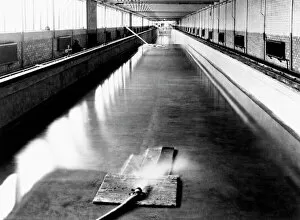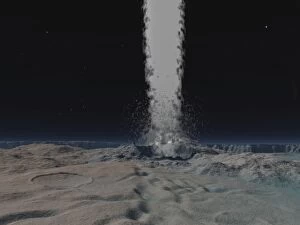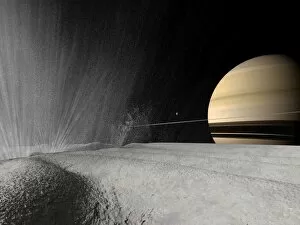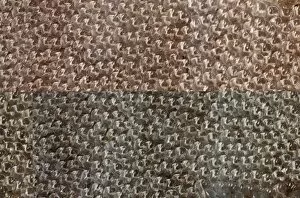Hydrodynamics Collection
Hydrodynamics, a fascinating field of study that delves into the intricate workings of fluid motion
All Professionally Made to Order for Quick Shipping
Hydrodynamics, a fascinating field of study that delves into the intricate workings of fluid motion, has captivated the minds of scientists and thinkers throughout history. From Alexander Friedman, the Soviet cosmologist who made significant contributions to our understanding of the universe, to Benito Bails, the Spanish architect whose work in mathematics left an indelible mark on hydrodynamics. One cannot discuss hydrodynamics without mentioning its practical applications. Ship testing tanks have long been used as experimental platforms for studying fluid behavior under varying conditions. These controlled environments allow researchers to observe and analyze how water interacts with different structures and shapes. The foundations can be traced back centuries ago when Benito Bails penned his renowned book "Elementos de Matematica. " Within its pages lie valuable insights into mathematical principles that govern fluid dynamics. This influential work served as a cornerstone for future developments in this field. Throughout history, various representations have emerged depicting the complexities of hydrodynamics. One such example is found in Wurtemberg's collection from around 1850. These visual depictions offer glimpses into how scientists conceptualized fluid flow during that era. Even Leonardo da Vinci explored hydrodynamic concepts in his Codex Leicester or Codex Hammer drawings dating back to 1508-1510. His meticulous observations and sketches shed light on fundamental aspects of fluid mechanics that continue to shape our understanding today. Beyond Earth's boundaries lies another captivating display of hydrodynamic phenomena - Enceladus' geysers showcasing cryovolcanism near its South Pole. The erupting fountains serve as a mesmerizing reminder that even celestial bodies exhibit dynamic behaviors governed by principles akin to those studied here on Earth. Intriguing diagrams explaining how these fountains operate further enhance our comprehension of Enceladus' unique geological features. By unraveling their inner workings, scientists gain invaluable insights not only about this distant moon but also about the broader field of hydrodynamics.






















